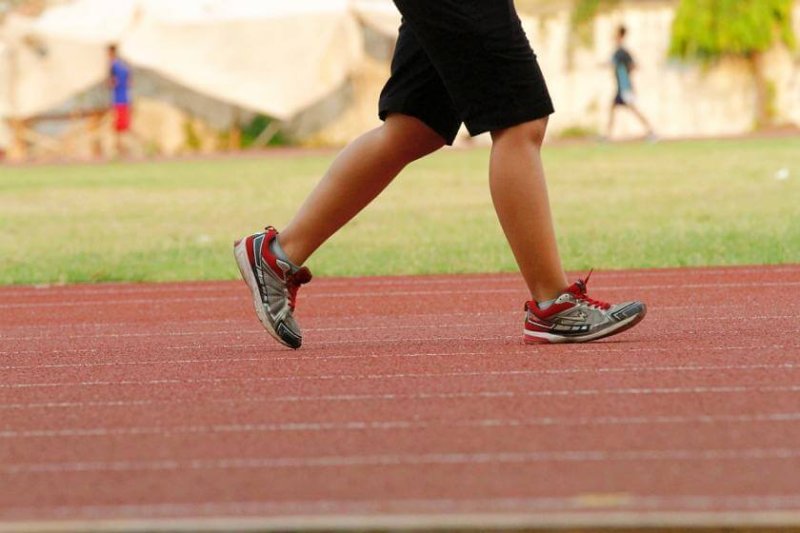Teaming up with microbiologists and toxicologists from Rutgers and a pathologist from Oklahoma City, [researcher Sara] Campbell designed an experiment to analyze fecal samples of male mice fed a normal or high-fat diet for 12 weeks. Some of the mice in each group were allowed to exercise, while the others remained sedentary. Physical activity, the results showed, generated a unique microbiome in the guts of the mice, independent of the animals’ diet.
…
Published in March 2016, the results bolstered findings that came out a few years before showing that exercise prevented weight gain and altered the gut microbes in mice that became obese eating a high-fat diet. They also aligned nicely with a longitudinal study in humans published in 2018 that found lean, sedentary people who exercised for six weeks also developed higher levels of Clostridiales, Lachnospira, Roseburia, and Faecalibacterium in their guts.
…
While the reasons for the difference in changes between lean and obese individuals aren’t understood yet, the results make it clear that exercise, regardless of diet or body composition, change the gut microbiota of humans, says [researcher] Jeffrey Woods.
Read full, original post: Exercise Changes Our Gut Microbes, But How Isn’t Yet Clear































